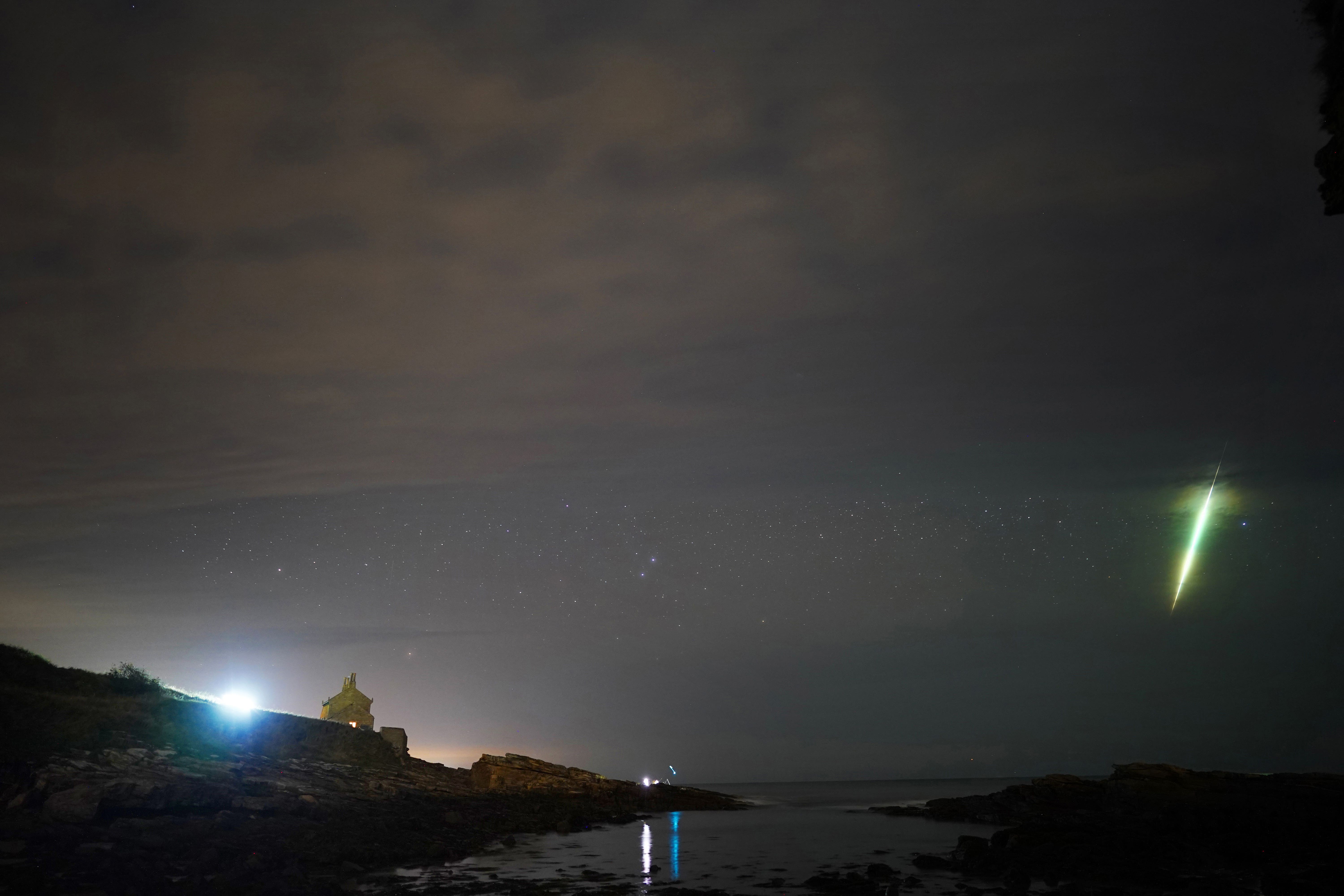Draconid meteor shower to create celestial spectacle this weekend
The Draconid meteor shower, also known as the Giacobinids, will peak on Sunday night after nightfall, starting from Friday.

Your support helps us to tell the story
From reproductive rights to climate change to Big Tech, The Independent is on the ground when the story is developing. Whether it's investigating the financials of Elon Musk's pro-Trump PAC or producing our latest documentary, 'The A Word', which shines a light on the American women fighting for reproductive rights, we know how important it is to parse out the facts from the messaging.
At such a critical moment in US history, we need reporters on the ground. Your donation allows us to keep sending journalists to speak to both sides of the story.
The Independent is trusted by Americans across the entire political spectrum. And unlike many other quality news outlets, we choose not to lock Americans out of our reporting and analysis with paywalls. We believe quality journalism should be available to everyone, paid for by those who can afford it.
Your support makes all the difference.Skygazers can catch a glimpse of a meteor shower over the weekend as the Earth moves through a cloud of cometary dust.
The Draconid meteor shower, also known as the Giacobinids, will peak on Sunday evening after nightfall, taking place from Friday until Tuesday, the University of Warwick has said.
Finding a location with minimal light pollution is recommended to fully enjoy the celestial event.
It takes place every year and is one of the two meteor showers to light up the skies in October.
The shower originates from remnants of the comet 21P/Giacobini-Zinner which orbits around the sun for six-and-a-half years.
Dr Minjae Kim, a research fellow from the Department of Physics at the University of Warwick, said: “The Draconid meteor shower will be active from October 6th to 10th, with its peak occurring around October 8 and 9.
“During this period, the moon will be in its Last Quarter phase, providing favourable conditions for observation. The optimal viewing time for this meteor shower is in the evening, after nightfall, as the radiant point of the shower reaches its highest point in that constellation of the night sky at this time.
“To fully appreciate this celestial event, minimal light pollution is ideal. Find a location with an unobstructed horizon that offers a clear view of the stars on a dark, cloud-free night.”
She added: “The Draconid meteor shower is not directly related to the Draco constellation; they simply appear to emanate from a point within it.”
A second meteor shower, the Orionids, will peak between midnight and dawn on the night of October 21-22, according to the Royal Museums Greenwich.